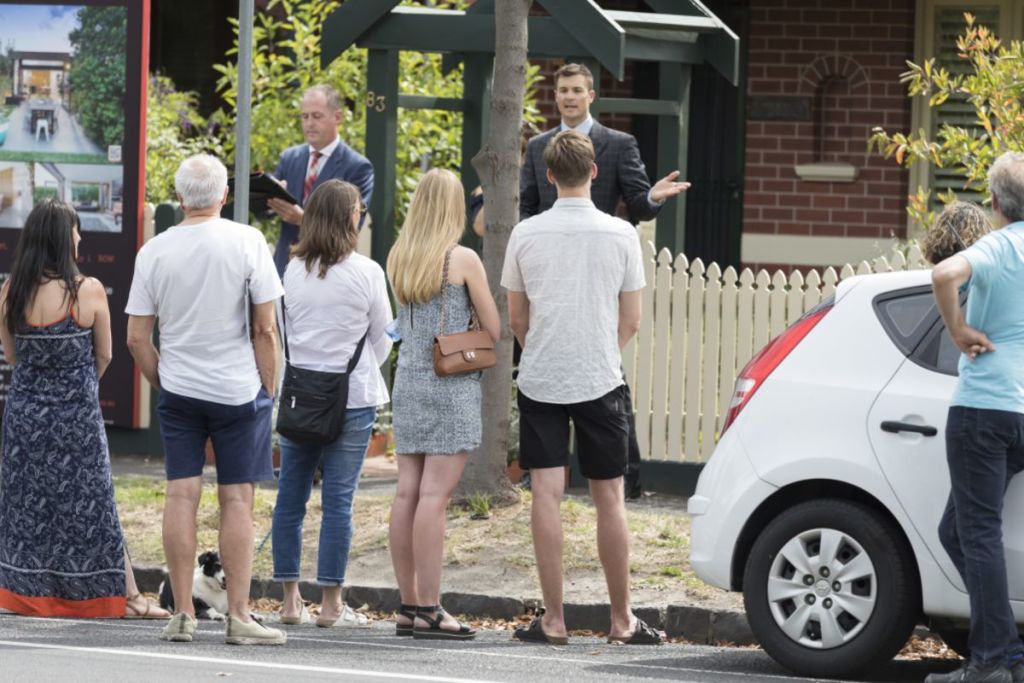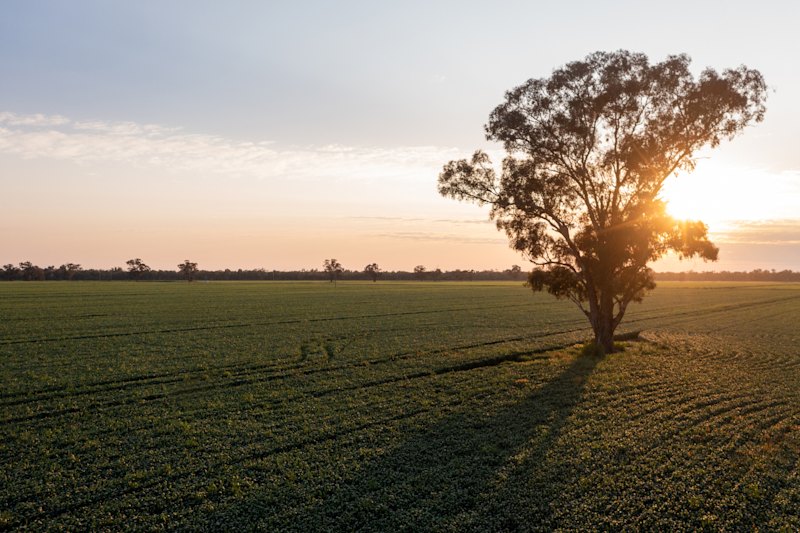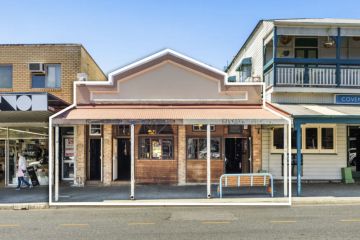Five upfront costs that first-home buyers shouldn't overlook

Saving to buy a first home has never been easy, but with prices reaching new highs around the country, it takes more discipline than ever.
But it’s not just the deposit that first-home buyers have to save. Upfront expenses can cost first-home buyers thousands of dollars, and need to be factored into the budget when saving to buy a home.
1. Stamp duty
Stamp duty is a tax on property transactions that buyers need to pay when purchasing a home. There are stamp duty concessions for first-home buyers in all states, with many skewed towards new-built homes.
“Stamp duty is always number one,” says buyer’s agent and Homesearch Solutions principal Henry Wilkinson. “That’s the big ticket item that any buyer has to deal with.”
The rate varies based on the value of the home and individual discounts, so buyers should use a stamp duty calculator and check state government websites for an accurate estimate.
2. Pre-purchase inspections
A professional building and pest inspection can reveal hidden minor or major building defects and infestations, including termite, water or mould damage and structural problems.
“I can’t emphasise enough how important a building and pest inspection is,” says Australian Property Buyers managing director Karin Mackay. “The sad thing is that if you’re not successful, you’ve got to do it again and again.”
It costs about $300 to 500 to commission a professional building and pest inspection and report. Always discuss the findings with the inspector, who can explain the severity of defects and may estimate repair costs.
Some vendors offer free reports, while others arrange the inspection so potential buyers can purchase the report at a discount.
Wilkinson says buyers should budget for inspections for multiple properties, especially in a strong market.
“Your average punter out there, they might have to factor in five or six,” he says. “It could be $3000 they have to factor in for building and pest inspections.”
Buyers of apartments or other strata-titled properties such as townhouses should also consider a strata report. This details the financial health of the strata scheme, outlining any deficits, maintenance issues or major expenses. These typically cost about $300.
Buyers can now purchase building, pest and strata reports on Domain property listings.
3. Conveyancing and contract reviews
Transferring ownership of a property from one party to another is handled by conveyancers or solicitors representing the buyer and the seller. The cost for a typical property purchase can range from about $1200 to $2500.
Conveyancers can review contracts before purchase and explain the implications of inclusions, zoning, easements and special conditions, or request amendments to contentious terms. This can cost between $100 and $200 per contract, although many conveyancers waive this fee if the purchaser is successful.
Wilkinson says it’s wise to have a contract reviewed early if there’s a strong chance the property is within budget.
“You’ve got to be prepared because a lot of places are selling prior to auction,” he says. “Get it done as quickly as possible, but only on properties that are realistic.”
At settlement, buyers may also need to reimburse the vendor for a portion of bills they have paid in advance, such as council rates, water and strata levies.
4. Upfront home loan fees
Buyers are often charged a one-off application or establishment fee by their lender to set up the home loan. These can range from about $400 to $1400, although many lenders waive this fee to attract new customers.
Lenders may also charge a valuation fee of about $300 to assess the property and ensure its value matches the price paid. Buyers should also expect a mortgage registration fee ranging from about $120 to $190, depending on the state.
5. Home insurance
Building insurance isn’t just a good idea, it’s usually also a condition of the home loan.
Inclusions vary, but most building insurance policies cover damage caused by natural disaster, fire, vandalism and a range of other risks. A combined building and contents policy also covers owner occupiers’ personal possessions, while landlord insurance covers investors for risks involved with renting out a property.
Costs vary significantly based on the value, size, location and construction of the home, but expect building and contents insurance to cost at least $1000 annually.
Apartment owners are usually covered by a building insurance policy for the whole strata scheme, and may need to provide a copy to their lender. It’s still a good idea for apartment owners to purchase contents insurance, which not only covers personal possessions but also many fittings such as flooring, wardrobes, kitchens and bathrooms.
We recommend
States
Capital Cities
Capital Cities - Rentals
Popular Areas
Allhomes
More
- © 2025, CoStar Group Inc.







